For the third straight week, Himachal Pradesh woke up to clear skies and biting cold — no rain, no snow, just silence. On October 30, 2025, at 12:01 PM IST, the state recorded its coldest morning in months, with temperatures hovering just above zero in the high Himalayas. In Tabo, nestled in the cold desert of Lahaul and Spiti, the mercury plunged to -1.9°C. Meanwhile, in the lowland town of Paonta Sahib, the sun blazed at a scorching 32°C — a stark, almost surreal contrast that defines this season in the state.
Valleys Shrouded in Fog, Peaks Frozen in Stillness
Morning fog rolled thick through the river valleys of Sundernagar, Mandi, and Bilaspur, reducing visibility to as low as 250 metres. Drivers crept along winding roads, headlights cutting through the mist like knives. But up above, in the mountain villages of Keylong, Kukumseri, and Kalpa, the air was so still it felt like breathing glass. No wind. No precipitation. Just cold — the kind that settles into your bones.
The India Meteorological Department (IMD) confirmed what locals already knew: this isn’t an anomaly. It’s the new normal. The western disturbance — the weather system that usually brings rain or snow to the Himalayas — has been weak, stuck high above 32°N latitude, like a cloud that forgot how to fall. As a result, Himachal Pradesh has seen zero rainfall since October 23. Seven straight days without a drop. And the IMD says: don’t expect any relief for at least another week.
Who’s Feeling the Chill?
It’s not just the tourists who are bundled up. It’s the shepherds of Kinnaur, the monks in Tabo’s ancient monastery, the schoolchildren walking to class in Shimla with mittens on before breakfast. In Kullu, where daytime highs hit 35.6°C, people joked about needing sunscreen. But by 8 p.m., the temperature dropped to 15°C — sharp enough to make you pull your blanket tighter.
“We’ve had winters like this before,” said Tsering Dorje, a farmer from Kalpa. “But this year, the cold came earlier. And it’s deeper. My potatoes are still in the ground. I can’t plant anything new until the frost breaks.”
Even in the lower hills, where temperatures hovered between 7.9°C and 20.1°C in Shimla, residents noticed something unusual: the nights weren’t just cold — they were still. No rustling leaves. No distant barking dogs. Just silence, broken only by the occasional crackle of wood burning in a hearth.
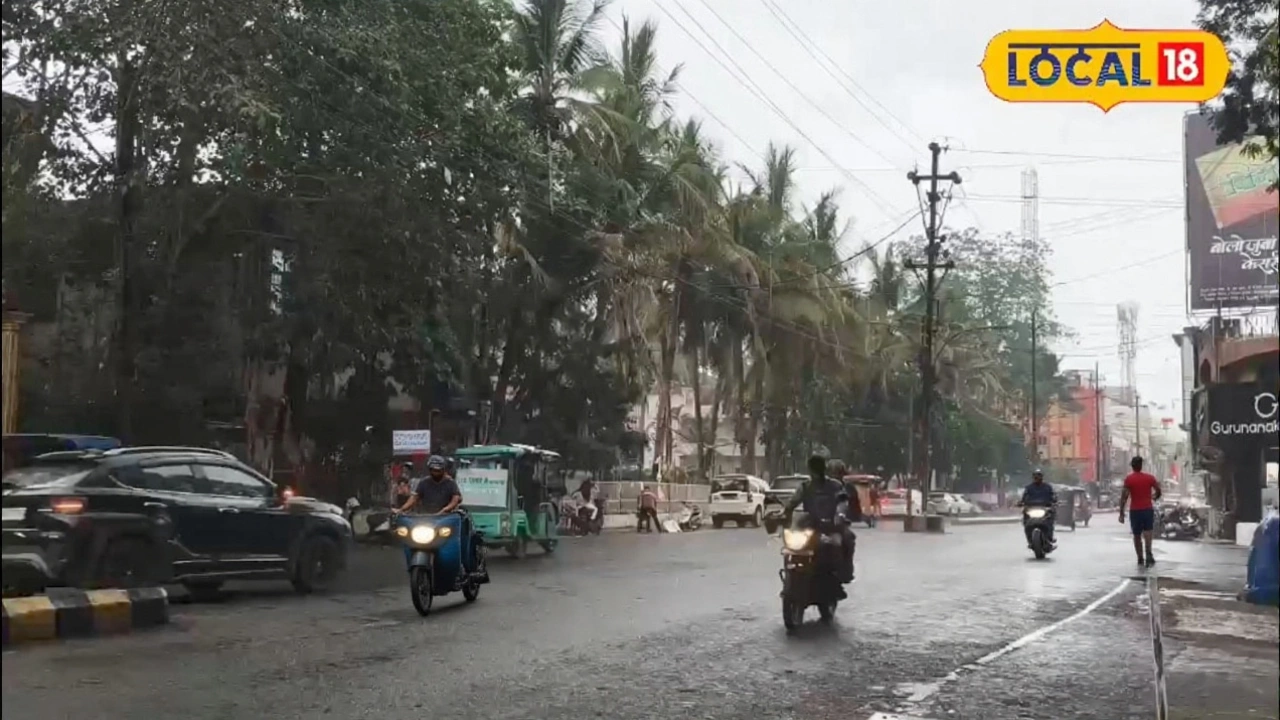
Why This Dry Spell Matters
Behind the quiet chill lies a deeper concern: water security. Himachal Pradesh relies on winter snowmelt to refill its rivers, reservoirs, and irrigation channels. With no snowfall this October — and the forecast showing no change through early November — farmers, hydropower operators, and municipal water boards are watching closely.
“We’re at 68% of our normal reservoir levels for this time of year,” said Dr. Aruna Mehta, a hydrologist with the Himachal Pradesh Water Resources Department. “If November stays dry, we’ll be looking at a tight water year. That means rationing in towns, reduced power generation, and stress on agriculture.”
The situation echoes 2023, when a similar dry spell led to a 22% drop in hydropower output across the state. Back then, schools in Una had to close for three days because the water supply ran dry. Locals remember. And they’re preparing.
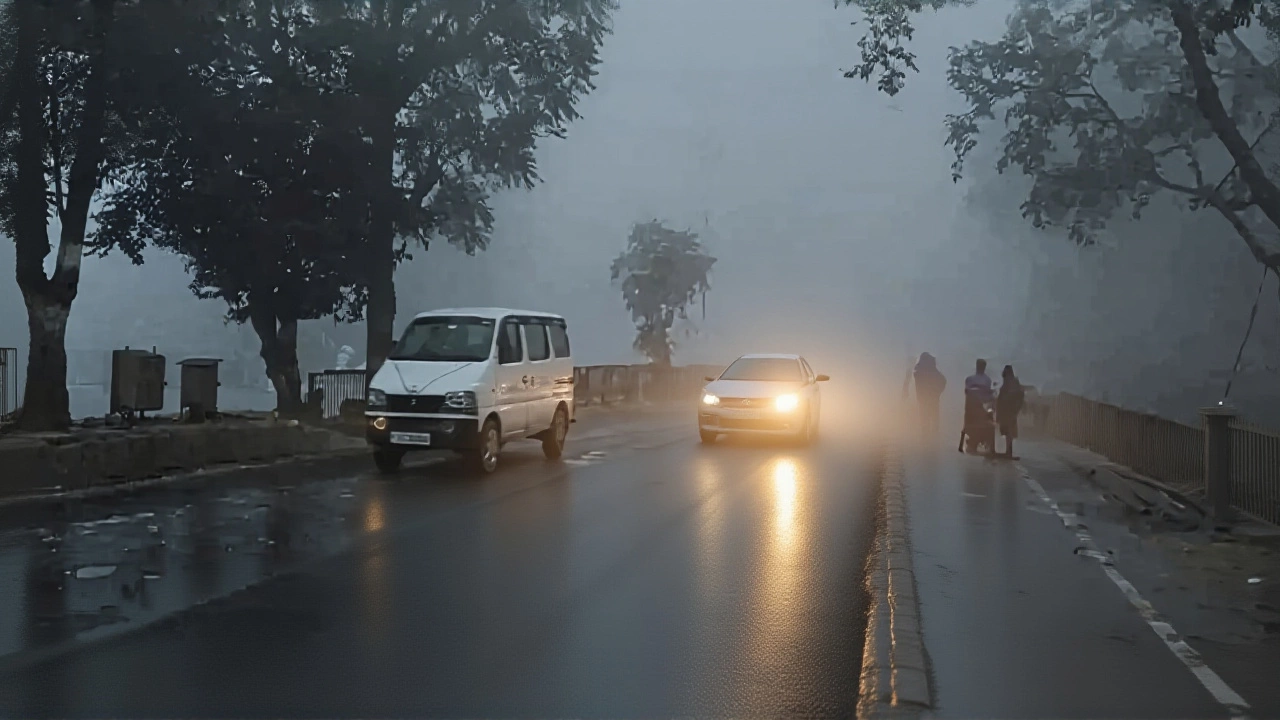
What Comes Next?
The Meteorological Centre, Shimla has issued no official warnings — just advisories. Residents in high-altitude zones are being told to stock up on firewood, check insulation, and keep emergency blankets handy. Tour operators in Manali and Dharamshala are quietly adjusting itineraries, moving treks to lower elevations.
For now, the sun rises every morning, bright and unobstructed. The valleys clear by noon. The roads are dry. But the chill lingers. And in places like Tabo, where the temperature has been below freezing for 11 straight nights, people aren’t waiting for spring. They’re bracing for winter.
Frequently Asked Questions
Why is there no snowfall in Himachal Pradesh despite the freezing temperatures?
Snow requires both cold temperatures and moisture — and right now, the moisture is missing. The western disturbance, which usually brings moisture-laden winds from the Mediterranean, is stuck high in the atmosphere above 32°N latitude. Without that moisture, even at -2°C, it can’t snow. This is rare but not unprecedented — similar conditions occurred in 2016 and 2020, both followed by below-average snowpacks.
How does this dry weather affect local agriculture?
Farmers in Kinnaur and Lahaul are delaying apple blossom pruning and skipping winter sowing of barley and wheat. With no snowmelt to replenish irrigation channels, many are relying on groundwater — a risky move. The state’s horticulture department estimates a potential 15–20% drop in apple yields if dry conditions persist into December. In Una and Solan, vegetable growers are already seeing stunted growth in spinach and carrots.
Is this dry spell linked to climate change?
While no single weather event can be blamed solely on climate change, scientists at the Indian Institute of Tropical Meteorology note a trend: western disturbances are becoming weaker and less frequent over the western Himalayas. Since 2010, the number of days with snowfall in high-altitude Himachal has dropped by nearly 30%. This dry October is consistent with that long-term shift.
What’s the forecast for early November?
The India Meteorological Department (IMD) predicts continued dry and sunny conditions through November 6, with no rain or snow expected. Night temperatures may dip even lower in places like Keylong and Kalpa, possibly reaching -3°C. A slight warming trend is possible after November 7, but no significant moisture is anticipated before mid-November.
Are tourists still advised to visit Himachal Pradesh?
Yes — but with caution. Lower-altitude destinations like Dharamshala and Shimla remain accessible and pleasant during the day. However, high-altitude treks to Spiti, Rohtang Pass, and Kinnaur are not recommended for inexperienced travelers. Roads may be icy in the early morning, and emergency services are limited in remote areas. Tour operators are now offering ‘cold-weather preparedness’ kits with hand warmers and thermal gear.
How are local communities adapting to the cold?
In villages like Kukumseri, families are reviving traditional practices: sleeping together in one room, using woolen blankets woven from local sheep, and burning dried juniper wood for heat. Schools in Tabo have extended morning breaks to allow children to warm up before class. Even the monastery monks have started serving hot butter tea earlier — a small ritual, but one that keeps spirits up when the world outside feels frozen in time.


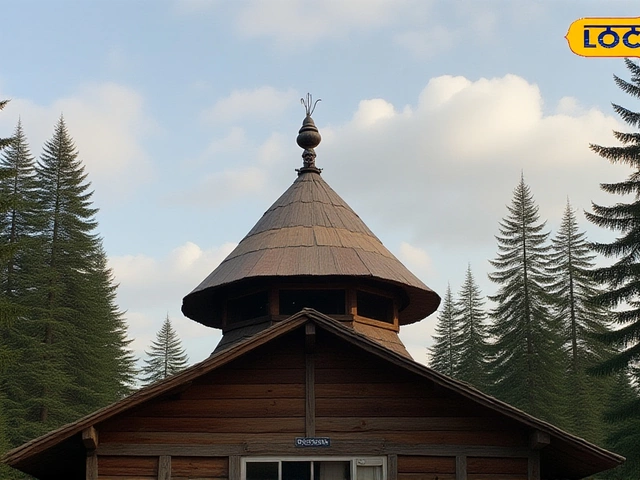
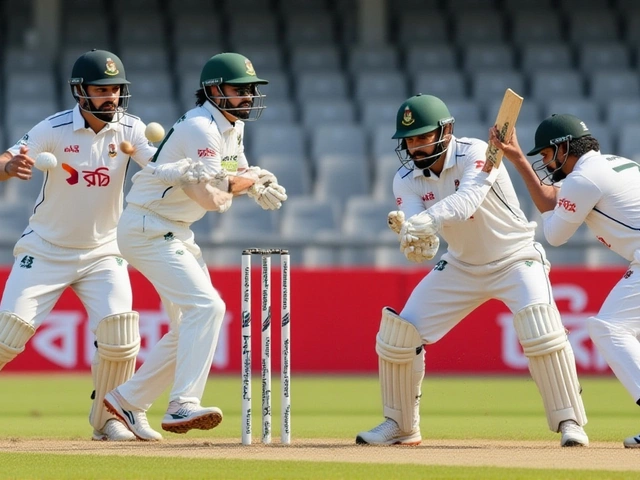
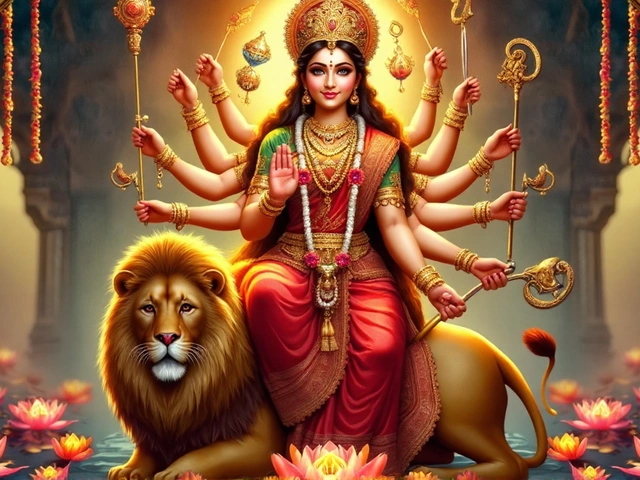



Write a comment